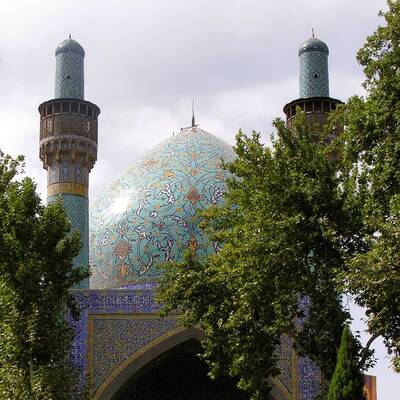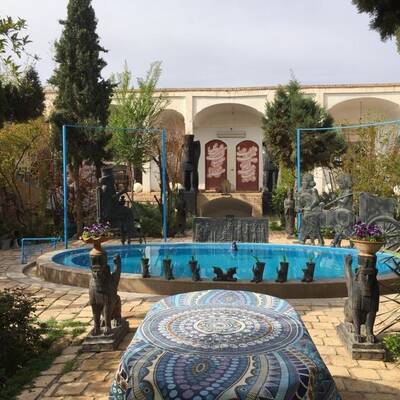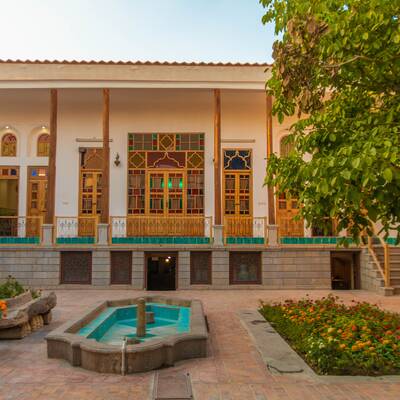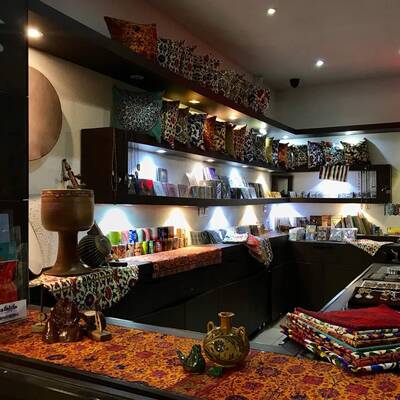
Education Museum
Education Museum in Isfahan was established in 1381 SH. This museum is placed inside an old house belonged to Ata’ ol-Molk Dehesh, a famous person in Qajar period. This house was used as a school after the Islamic Revolution of Iran and it was prepared for the establishment of the Education Museum in 1378 SH, after a phase of restoration. The museum works with exhibiting photos of old schools, students, learning assistant tools, textbooks from the past to the present, and the evolution process of the educational system in Isfahan.
The lithography manuscripts, the specific books of the fame of Isfahan, the history of Isfahan, calendars, magazines and old newspapers of Isfahan are kept in the treasury of library in this museum. The museum aims at exhibiting the evolution process of science and technologies, textbooks, the main ecosystems in Iran, introducing the galaxies, the greatness and wonders of the universe, creating the spirit of creativity and research in visitors and introducing students to different disciplines in technical and vocational training system in Iran.
The museum of education included firstly five parts of geology, biology, chemistry, physics, and technical and vocational training that three other sections were added to it, in 1390 SH, namely optic, astrology and planetarium. In the section of chemistry, some experiments related to the famous Iranian chemists like Jaber ibn Hayyan (Father of Chemistry in Iran) and Muhammad ibn Zakariya al-Razi are presented.
The biography of physic scientists, the old instruments of this science, a series of experiments on the subjects of balance, light, electricity, tensile forces, etc. are presented in the section of physic. The evolution process of different disciplines like computer, printing, photography, electronic, dressmaking, filmmaking and other disciplines are exhibited in the section of technical and vocational training; this part aims to introduce students to different vocations and jobs. In the section of biology, which is also famous as the knowledge of life, the museum tries to present this science through exhibiting different ecosystems of Iran and taxidermied animals as well as the underground resources and reserves.
Different geological phases are displayed in the geology section of the museum using various minerals, fossils and stones. In parts of astrology, planetarium and optical planets, various stars, solar system, constellations, the star blast, the birth of star and planet, light experiments, color decomposition and many other activities related to this sky science are introduced.




